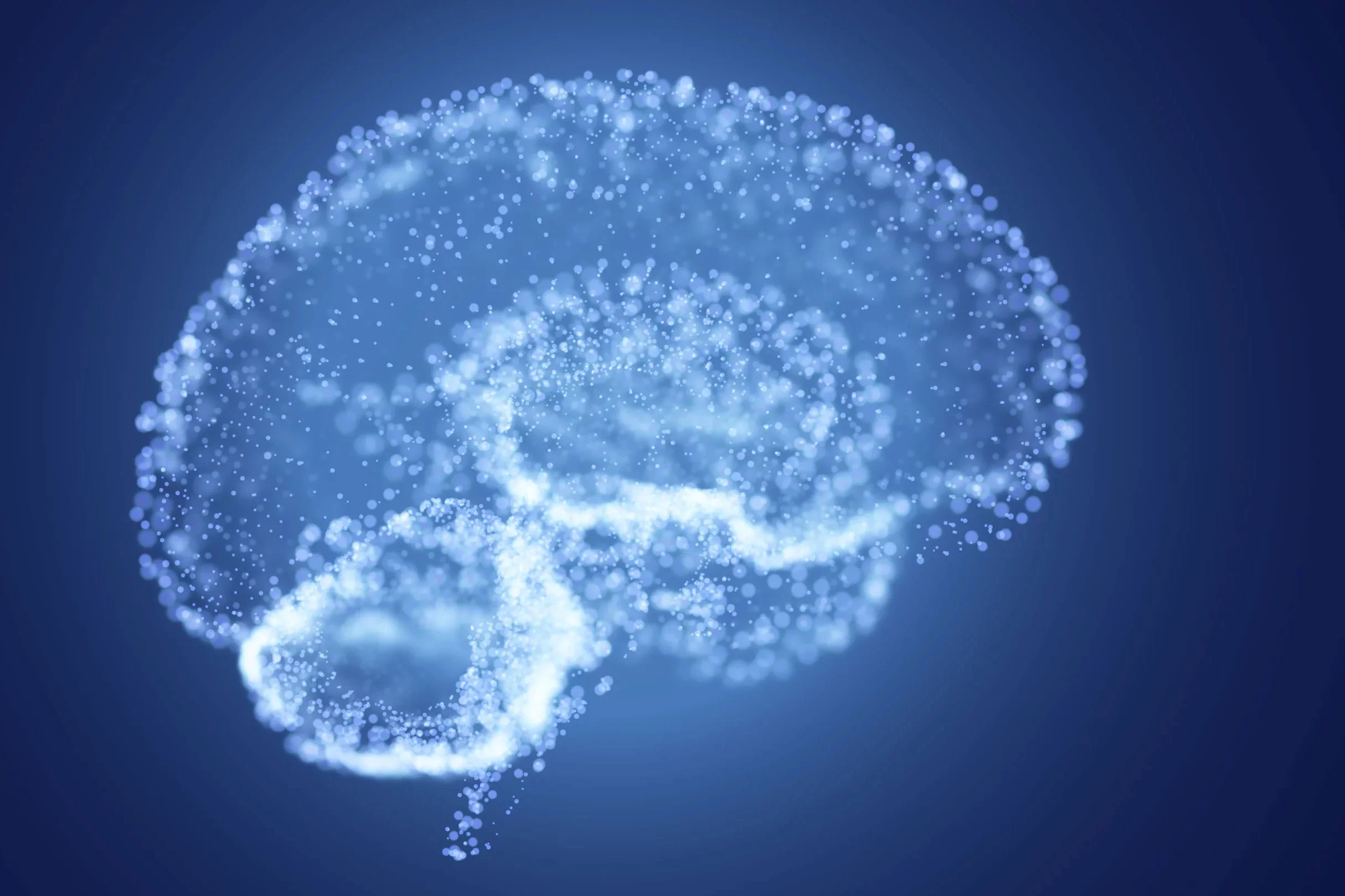Imagine if you could predict how a disease would progress just from a photo. Farfetched as it may seem, this is what a long-standing collaboration between G.V. Shivashankar’s team at the Paul Scherrer Institute PSI and the lab of Caroline Uhler at MIT are hoping to achieve. Now, in a recent publication in Nature Communications, the team have used artificial intelligence to pinpoint cells that are indicative of Alzheimer’s disease based on the DNA packing in images of mouse brains.
In biology, heterogeneity matters. Cells are dynamic, and how they interact and evolve in different parts of the body plays an irrevocable role in disease. Something that goes wrong in a single cell can propagate and cause a disease. There are numerous ways to harness functional information on single cells, whether studying the genome or the proteins produced. Yet with trillions of cells in the body, how to combine this with spatial data to pinpoint where disease starts is a crucial question in biomedical research. Shivashankar, head of the Laboratory for Nanoscale Biology at PSI and Professor of Mechano-Genomics at ETH Zurich, is convinced the solution lies with multi-scale imaging. “The next big challenge is how to understand cell function through imaging, because the moment I say I want to understand every pebble on the beach, it becomes a problem of big data”.
Clues lie in the DNA packing
This is a key aspect of Shivashankar and Uhler’s work: using artificial intelligence to combine information on cell state, such as gene expression or proteomics data, with tissue imaging data. One way this is possible is by recognising clues in how DNA is packed within cells. “Tesla learns where there is a road and a stop sign. Likewise, we take pictures of the DNA packing and learn about the state of the cells”, explains Shivashankar.
Stretched out, the DNA in one of our cells would run the length of a table. In the cell, it is packed into chromosomes around ten micrometres in size. It has become clear that how the DNA is packed is tightly linked to gene expression, protein production and cell function. During many ageing related diseases such as cancer and neurodegeneration, DNA packing changes. Clearly visible within light microscopy images, the DNA packing can thus be an excellent biomarker for aging related diseases.
This is only possible with knowledge of what ‘good’ and ‘bad’ DNA packing looks like. To make this leap, the collaborators use a separate source of data relating to cell function to train a machine learning algorithm which DNA packing corresponds to diseased cells and which to healthy cells.
Identifying biomarkers of Alzheimer’s disease
The recent publication in Nature Communications focuses on Alzheimer’s disease, which is characterised by the build-up of protein aggregates known as amyloid in the brain. “We asked ourselves, can we detect Alzheimer’s early?” says Shivashankar. To do this, the collaborators turned to gene expression – so-called spatial transcriptomics - data, which gives information on the proteins that the cell is about to produce in the tissue.
The team developed their methods using mice that were genetically modified to develop Alzheimer’s disease. Taking brain sections over time, they simultaneously analysed the gene expression and DNA packing in each cell as the disease progressed. By training the model to recognise what DNA packing looked like in a cell in proximity to amyloid protein aggregates, they could detect the cells – and areas of the brain - that were poised for disease progression. “With this method, the idea is to create a map where we can see where in the brain the disease advances more quickly,” says Shivashankar. Equally applicable to other proteins and other diseases, this artificial intelligence method could provide a powerful basis from which to understand how aging related diseases such as Alzheimer’s start and ultimately develop methods of early intervention.
Biology hits big data
Shivashankar believes the ability to merge multiple domains of data, such as demonstrated in this most recent work, is the beginning of a revolution in biomedical research. Biology is hugely complex. Spatial organisation and relationships between cellular components have a profound effect on biological function. “It is one thing to go from sequence to structure at the molecular scale, but how proteins are assembled in the cell or across cells in the tissue matters. Every cell is like a city – it needs to be organised in space and time,” he says. Moving forward, artificial intelligence and computer science combined with the right biological questions and datasets promise to open a new realm of insight into biology.
Contact
Prof. Dr. G.V. Shivashankar
Head of the Laboratory of Nanoscale Biology
Paul Scherrer Institute PSI
+41 56 310 42 50
gv.shivashankar@psi.ch
Original Publication
-
Zhang X, Wang X, Shivashankar GV, Uhler C
Graph-based autoencoder integrates spatial transcriptomics with chromatin images and identifies joint biomarkers for Alzheimer’s disease
Nature Communications. 2022; 13(1): 7480 (17 pp.). https://doi.org/10.1038/s41467-022-35233-1
DORA PSI



